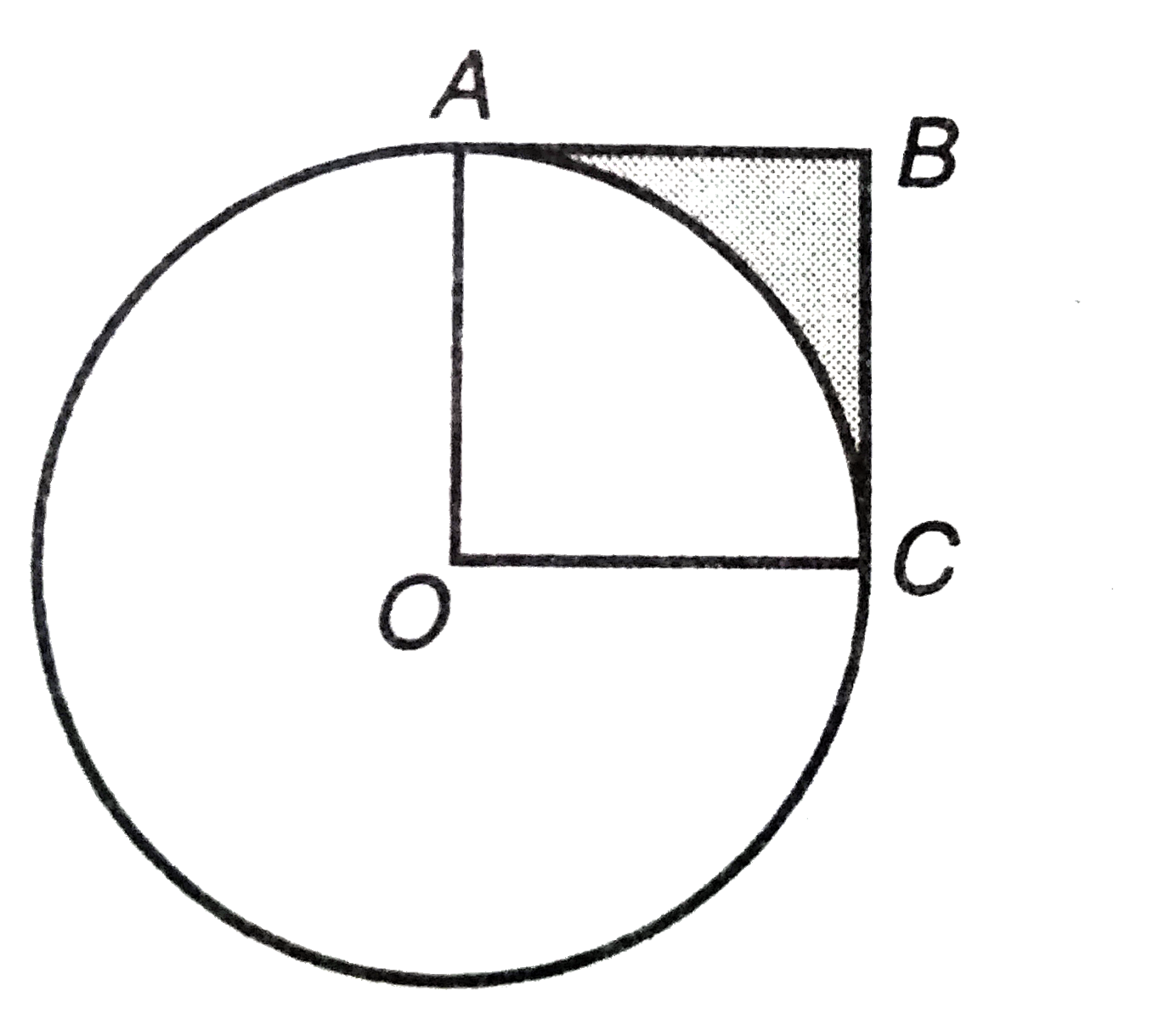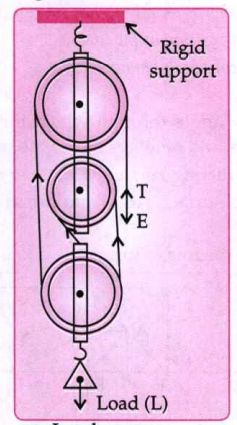Compare the above system with the probable systems in hilly/mountainous areas or plains or plateau regions
To compare the water harvesting systems in plains or plateau regions with those in hilly or mountainous areas, we can break down the characteristics and methods used in each region as follows:
1. Identify the Regions:
- We are comparing two different geographical areas: plains/plateau regions and hilly/mountainous areas.
2. Water Harvesting in Plains/Plateau:
- In plains or plateau regions, water harvesting structures are typically crescent-shaped earthen embankments.
- These structures are designed to be low, straight, and often made of concrete.
- The primary purpose of these structures is to collect and store rainwater efficiently.
3. Water Harvesting in Hilly/Mountainous Areas:
- In contrast, hilly or mountainous regions utilize a system known as canal irrigation, specifically referred to as Kults.
- In this system, rainwater is collected in streams and then diverted into various man-made channels that run down the hillside.
- This method is effective in managing water flow and preventing soil erosion in steep terrains.
4. Comparison of Structures:
- The structures in plains are more static and solid, focusing on storage, while those in hilly areas are dynamic, involving the movement of water through channels.
- The design in plains is more about stability and retention, whereas in hilly areas, it is about diversion and distribution.
5. Purpose and Efficiency:
- Both systems aim to optimize water usage, but they do so in ways that are suited to their respective environments.
- The plain regions benefit from structures that hold water, while hilly regions benefit from systems that manage runoff effectively.
Summary:
- Plains/Plateau: Crescent-shaped earthen embankments, low and concrete structures for water retention.
- Hilly/Mountainous: Canal irrigation (Kults), collection and diversion of rainwater through channels.
- We are comparing two different geographical areas: plains/plateau regions and hilly/mountainous areas.
- In plains or plateau regions, water harvesting structures are typically crescent-shaped earthen embankments.
- These structures are designed to be low, straight, and often made of concrete.
- The primary purpose of these structures is to collect and store rainwater efficiently.
- In contrast, hilly or mountainous regions utilize a system known as canal irrigation, specifically referred to as Kults.
- In this system, rainwater is collected in streams and then diverted into various man-made channels that run down the hillside.
- This method is effective in managing water flow and preventing soil erosion in steep terrains.
- The structures in plains are more static and solid, focusing on storage, while those in hilly areas are dynamic, involving the movement of water through channels.
- The design in plains is more about stability and retention, whereas in hilly areas, it is about diversion and distribution.
- Both systems aim to optimize water usage, but they do so in ways that are suited to their respective environments.
- The plain regions benefit from structures that hold water, while hilly regions benefit from systems that manage runoff effectively.
- Plains/Plateau: Crescent-shaped earthen embankments, low and concrete structures for water retention.
- Hilly/Mountainous: Canal irrigation (Kults), collection and diversion of rainwater through channels.
Topper's Solved these Questions
Similar Questions
Knowledge Check
- Question 1 - Select One
Comparing the somatic nervous system with the autonomic nervous system, which of the following statements is true?
AAutonomic nervous system produces involuntary movement in skeletal muscleBSomatic nervous system produces voluntary movement in glands and smooth muscleCAutonomic nervous system produces voluntary movement in smooth muscle and glandsDAutonomic nervous system produces involuntary movement in smooth muscle, viscera and glands - Question 2 - Select One
How many real solutions are there to the system of equations above ?
AExactly 4 real solutionsBExactly 2 real solutionsCExactly 1 real solutionsDNo real solutions - Question 3 - Select One
{6x+3y=18qx−y3=−2
In the system of linear equations above, q is a constant. If the system has infinitely many solutions, what is the value of q?A−9B−2.3C2.3D9
Find out about the traditional systems of water harvesting/management in your region.
View SolutionAs compared to sympathetic system, stimulation from parasympathetic system causes.
View SolutionComparing the L-C oscillations with the oscillations of a spring-block system
View Solutiony=x2+3
y=15x−33
The system of equations shown above is graphed in the xy-plane. IF system has two solutions, what is the product of the x-coordinates of the two solutions?View Solution
In the figure above, OABC is a square. If the area of circle O is 2π, what is the area of the shaded region?View Solution

